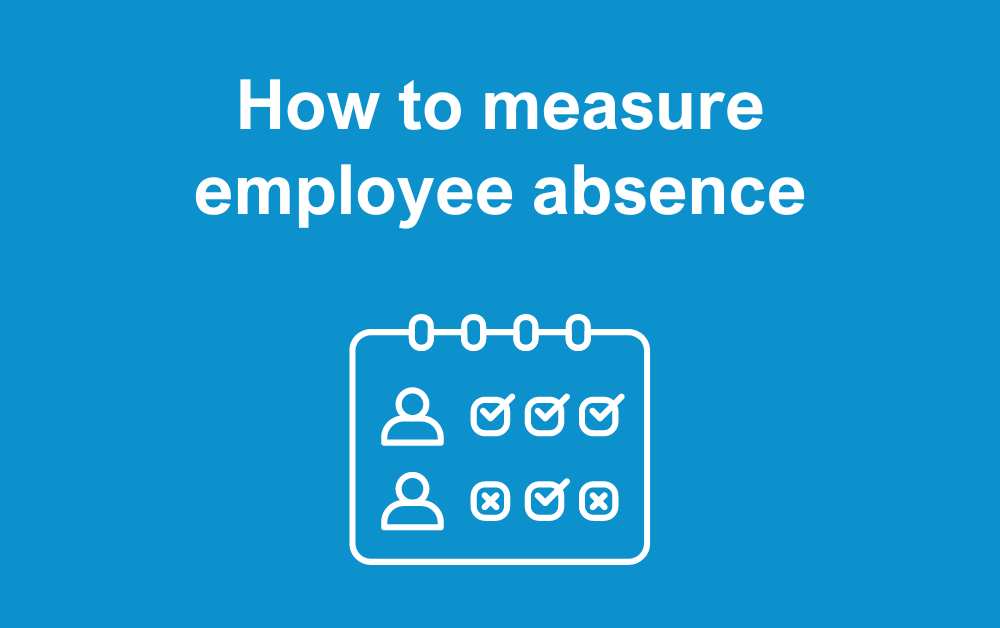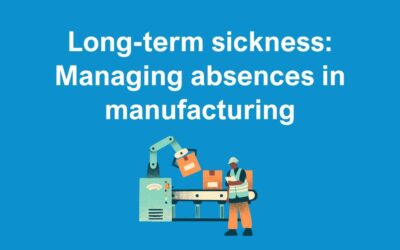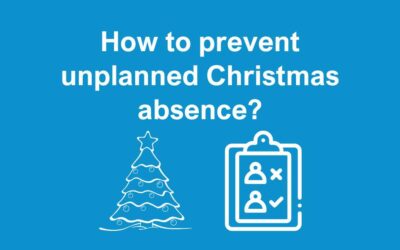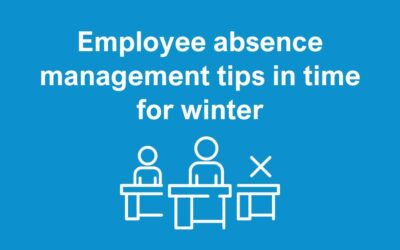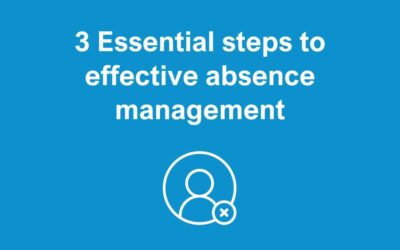Employee absence is a serious problem for many businesses in terms of time and money. There are also hidden costs associated with absenteeism problems within a business. It’s possible that staff will need time off during their employment either for short-term of long-term sickness. In addition, it’s important you put an absence management plan in place to reduce as much disruption as possible.
Absence has always been an issue for businesses, however, this has increased dramatically since the beginning of the pandemic. In the CIPD 2022 Health and wellbeing at work survey, COVID-19 was in the top three causes of short-term absence for two-thirds of businesses. Around 26% reported ‘long COVID’ as a top cause of long-term absence. Furthermore, around 8% of organisations lost over 25% of working time to COVID-19 related absence in the previous year. In addition, if you have an absence management plan in place, you should update it with guidance on COVID-19.
Absence Management policies
The best place to start when tackling absence management in your business is by creating a policy. Your absence management policy should include information on your standards for absence. It should be a clear guide for managers to deal with sick days and have a better understanding of how it should be measured. It should also include guidance on how to support employees and steps they should take if they’re unable to go to work. This policy should also discuss:
- Who they should inform about their absence
- How and when they should contact this person
- The procedure followed on their return to work ( a work plan or return to work interview)
- pay arrangements during absence (statutory minimum or enhanced sick pay)
- When disciplinary action may be triggered
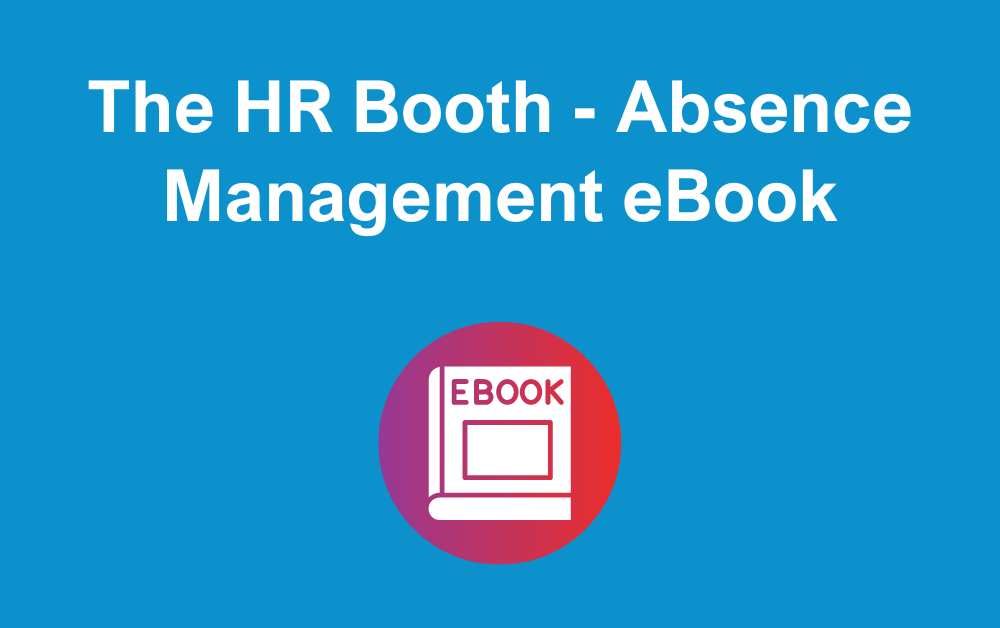
e-book content
There is a series of things you can do to encourage or improve good health and wellbeing; these play a crucial role in absence management, alongside the no-so-nice things, like disciplinaries for excessive or persistent absence, or those cases where you know your employee is pulling a fast one.
Download the Absence Management eBook
Why is it important to measure absence?
Tracking employee absence allows you to identify which staff members have a higher level of absence. It will also help you pick up patterns and see problems that your business may have. You will then be able to resolve these issues before they affect your business any further.
To make tracking absence even easier, you can invest in HR absence management software. This will allow you to analyse all data and use it to look at attendance levels for each employee in-line with your absence policy. You can then use this data to help you put the correct things in place to reduce sick days. This support can range from more return to work interviews to offering flexible working.
Once your software has collected the information you need, you can then use a range of measurement methods such as the lost time rate, frequency rate, and the Bradford Factor.
- Lost Time Rate – This looks at percentage of total time lost as a result of absenteeism. You can calculate this by working out the total unplanned time in the period multiplied by 100.
- Frequency rate – this shows the average number of absences per employee shown as a percentage.This method doesn’t indicate staff who have taken more than one spell of absence or the length of each absence. You can work this out by multiplying the number of spells in the period by 100.
- Bradford Factor – this measures the number of spells of absence and points out persistent short-term absence. This is considered a helpful measure of disruption caused by this type of absence. It’s calculated with the formula S x S x D. S is the number of spells of absence in 52 weeks and the D represents the number of days of absence in 52 weeks. An example of this is that if an employee had 7 one-day absences, the formula would be 7 x 7 x 7.
Coronavirus Sickness Absence
With COVID-19 self isolation rules no longer being mandatory from the end of April, we’ve had a lot of questions on whether COVID-19 absences should be recorded. Before April, the Government advised that Coronavirus should not to be included when measuring employee absence. In addition, it’s understandable that businesses are unsure about what this means for their absence management plans today.
You no longer have to be unsure as we can confirm that you can now include COVID-19 absences when tracking employee absence.
However, keep in mind that many people have developed long-term conditions due to contracting the virus. This can be considered a disability under the Equality Act 2010. In addition, it’s crucial that you seek advice from an outsourced HR Consultant or employment law expert before including COVID-19 related days off in your absence management analysis.

